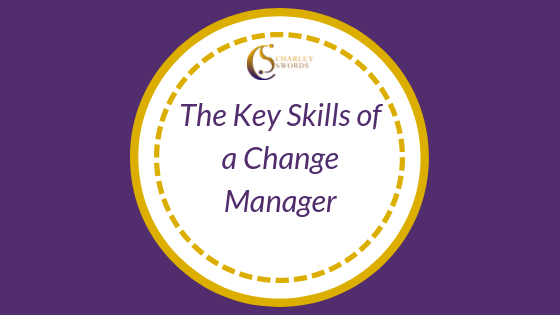Just to recap, when implementing change in your organisation, before you consider the day-to-day people management issues, you need to understand the readiness of the organisation as a whole to change. Change is difficult!
Before you start to implement change, take time to assess just how difficult it will be to push through. To change your organisation, you must change your people, their beliefs and attitudes and their ways of working. This can be very difficult, especially in strong cultures and often in successful companies.

As a change manager or agent, you are also a role model – and how you behave and treat your people as they grapple with change is crucial. It is important to remember that your people will be moving out of their comfort zone, some willingly and happy to embrace the change and others resisting it.
Communicate
To support your people through this change you need to communicate the change to them using the Five Ws:
- Who must be told?
- When must they be told?
- What must they be told?
- Where must the message be conveyed?
- Who must control the communications process?
Poor communication results in the wrong messages going out which cause misunderstanding, which leads to confusion, resistance, antipathy and often failure.
Build Trust
Actively listen in order to clearly understand the basis of your people’s concerns and how they can be addressed! The speed of change is generally directly proportional to the level of trust people have in their line managers. Your people look to you for information on how any change is going to affect them. Big leadership presentations about the need for change have their place, but unless this change is reflected consistently in your priorities and management of its impact on your people, it will be strongly resisted.
Sharpen Your Coaching Skills
You will need to sharpen your coaching skills to deal with those individuals who are struggling with and resisting change. Coach them through difficult situations and encourage them to stretch themselves. Delegate and empower your people, keeping in mind some will need more help than others.
Ensure Clarity
Carefully define the problem and discuss the range of possible solutions. When the details of the change are clear, you will need to shape the change and work out the implications of different ideas, for different positions or units and for different people. While your ability to deal with uncertainty is an important capability, it is better to force clarity as early as possible to avoid any ambiguity or confusion.
Develop Your Change Plan
Develop a sensible, logical and comprehensive plan. Think through the details of how things will work, when, where and with/by whom. Build in accountability and responsibility and then deliver the change, with your people, in line with your plan.
Develop Your Psychological Resilience
Some change initiatives, for example, those linked with cost-reduction, can cause you to lose valued colleagues and team members. The upshot of this is you have to quickly learn how to work with fewer people and resources, while achieving the same outcomes. This will have an unsettling impact on your people and possibly yourself. They will turn to you to express their concern, anger, etc. and there is potential for this to reach crisis point. You need to develop your psychological resilience, which is your ability to cope with these situations by using mental processes and behaviours to protect yourself from the potential negative effects of such stressors.
Don’t Give Up
Make change more attractive than current practices using positive statements and by emphasising the benefits of change. Be clear about decisions, workload, deliverables and due dates. Be aware of your active listening and clear and continuous communications and provide training and support to all your people. Don’t give up, most change requires several attempts before absolute success!

Did you find this article helpful?
Let me know what you think about this post in the comments box below.

